1. Getting Fired for Getting Married
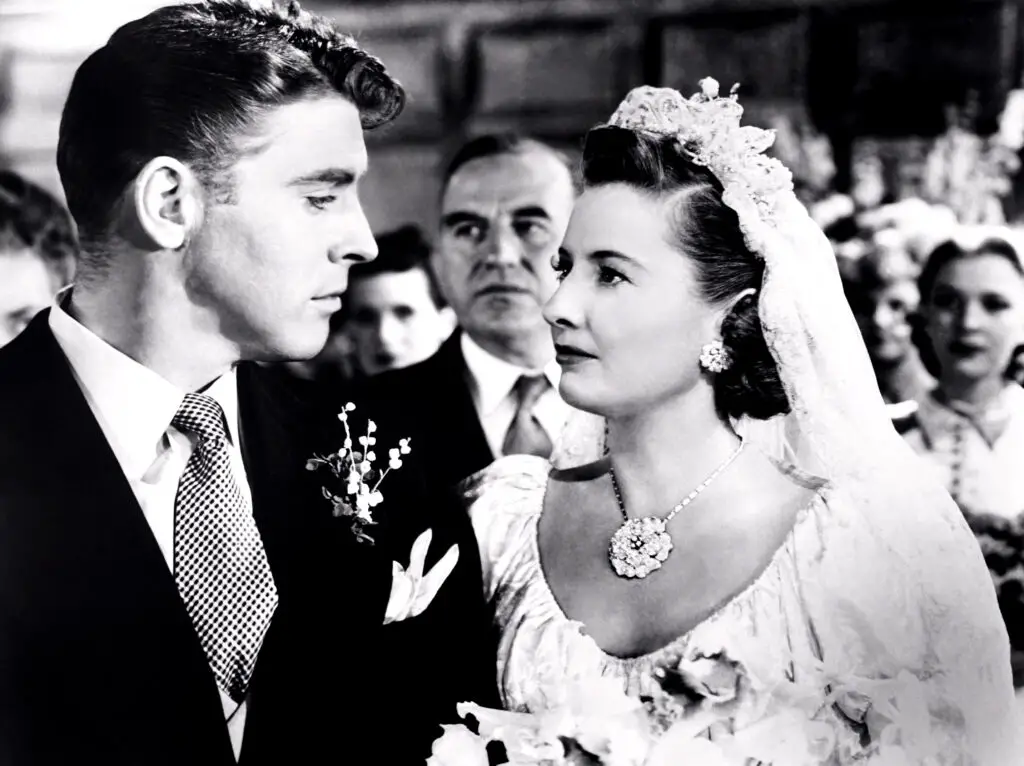
Believe it or not, a woman’s job could vanish the moment she said, “I do.” Many companies had strict “marriage bars” that forced women out of the workforce once they tied the knot. Employers assumed that once a woman was married, her focus should shift to her husband and future children, not a career. This was especially common for teachers, nurses, and office workers, as their employers believed single women were more dedicated to the job. Some women even kept their marriages secret just to hold onto their paychecks a little longer. The logic behind this rule was completely lopsided, especially since married men weren’t expected to quit their jobs to focus on being husbands says the Telegraph.
This rule made financial independence nearly impossible, leaving many women trapped in unhappy or even dangerous marriages. It also meant that women who enjoyed working had to make an unfair choice between their personal and professional lives. While the law didn’t require these policies, social norms made them widely accepted. Some companies even printed it in their employee handbooks as if it were a natural part of the job. The war briefly shifted attitudes, as women were needed in factories, but the expectation remained that they’d step aside when men returned. It wasn’t until the ’60s and ’70s that legal changes started forcing workplaces to ditch these absurd rules.
2. No Pants Allowed in Public
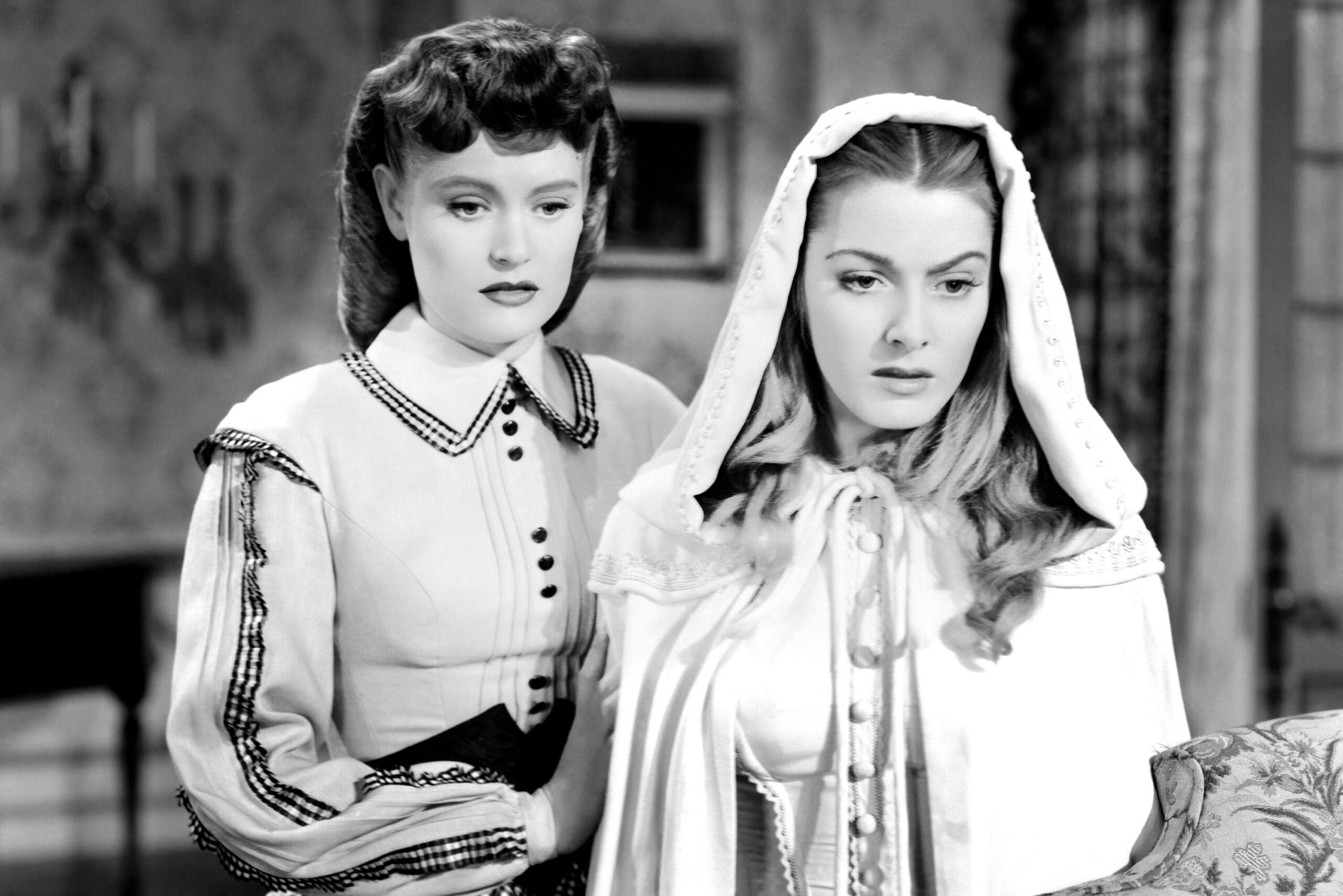
If a woman dared to wear pants in the ’40s, she risked everything from dirty looks to actual legal trouble. Skirts and dresses were considered the only proper attire for women, and anything else was seen as masculine and inappropriate. Even during the war, when women took over factory jobs, they were often required to wear skirts over their work pants to maintain some sense of femininity. Schools, offices, and restaurants could refuse service to women wearing trousers, and some cities even had laws against it. It wasn’t just about fashion—it was about control says Readers Digest.
Some women pushed back, especially actresses like Katharine Hepburn, who was known for rocking tailored slacks despite the backlash. But for the average woman, stepping out in pants could mean being escorted out of a department store or sent home from work. The double standard was glaring since men could wear whatever they wanted without comment. By the end of the decade, pants became more acceptable for casual wear, but it took decades before women could wear them anywhere without controversy. Today, the idea that pants were once scandalous for women feels almost laughable.
3. No Birth Control Without a Husband’s Permission
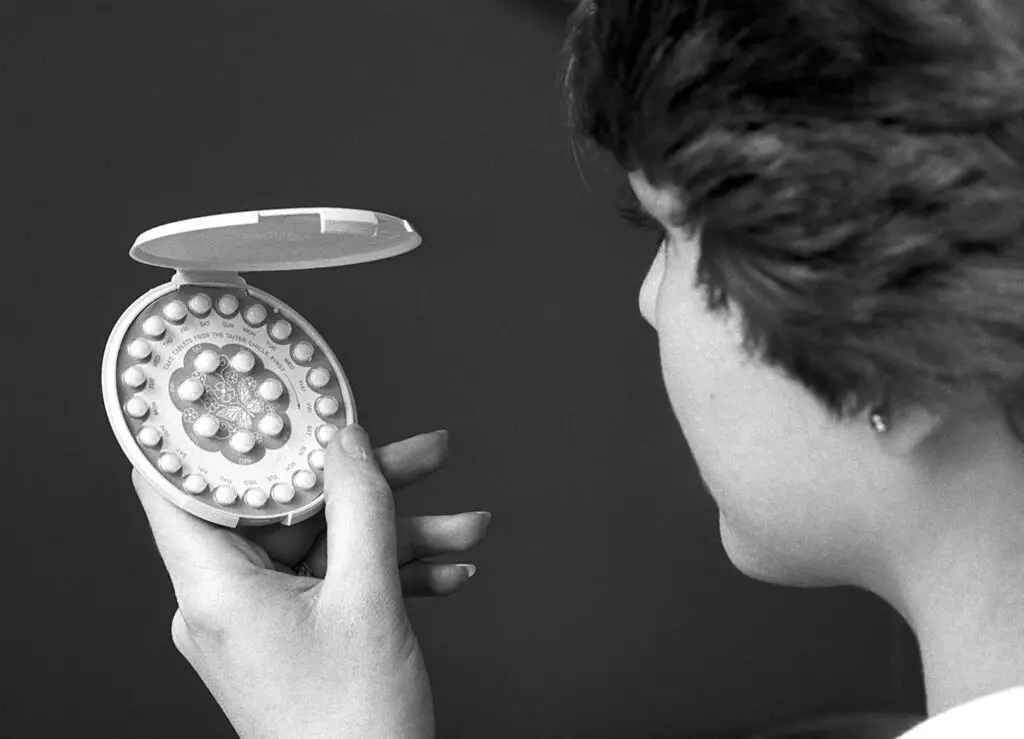
Birth control was legal, but that didn’t mean it was easy to get. Many doctors refused to prescribe contraceptives to unmarried women, believing that it encouraged promiscuity. Even married women had to get their husband’s permission to access birth control, as if they weren’t capable of making that decision themselves. This rule was rooted in the idea that a woman’s primary purpose was to have children, whether she wanted to or not. Some doctors would even refuse birth control to married women if they didn’t have what was considered an “acceptable” reason adds BuzzFeed.
This lack of control over their own bodies forced many women into pregnancies they weren’t prepared for. It also led to a rise in dangerous, illegal methods of contraception. The idea that a grown woman needed a man’s approval to make decisions about her own health is infuriating. It wasn’t until the ’60s and ’70s that birth control became more accessible, but even then, it faced backlash. Today, we take for granted the ability to access contraception without jumping through hoops, but back then, it was a battle just to have options.
4. No Solo Bar Visits
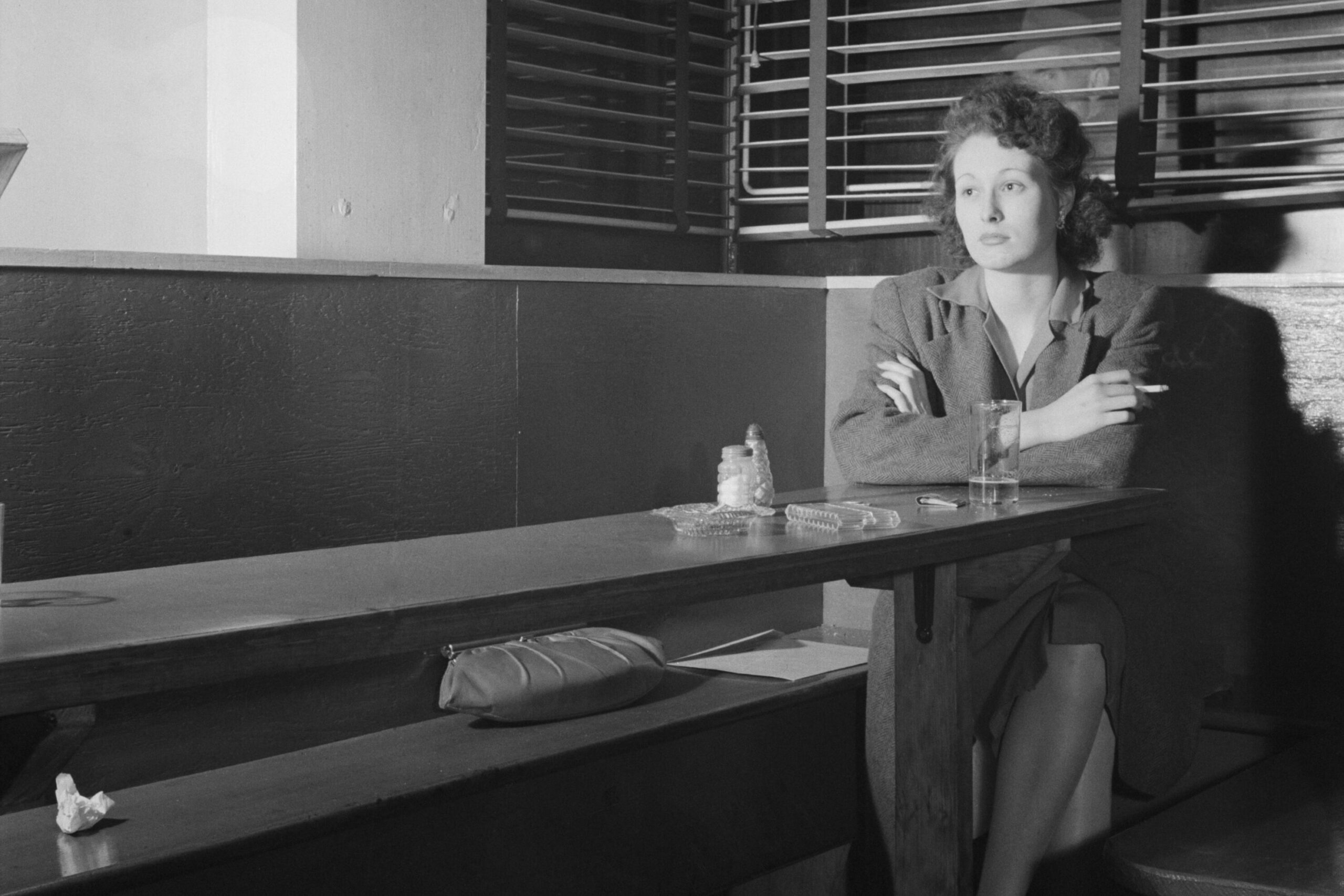
In the ’40s, if a woman walked into a bar alone, she was immediately judged—or even denied service. Many establishments had rules barring women from drinking alone because they assumed any woman without a male companion was up to no good. In some cities, it was actually illegal for a woman to enter a bar without a man, as if her mere presence was scandalous. This rule was tied to the idea that “respectable” women didn’t drink in public unless it was at a restaurant or with their husband.
This put women in a ridiculous position where they couldn’t even enjoy a drink without a chaperone. It also made social independence nearly impossible, as women had to depend on men just to go out. Some women found ways around this by going to private clubs or socializing at home, but the stigma remained. It wasn’t until the feminist movements of the ’60s and ’70s that this outdated rule finally started to fade. Today, the thought of needing male supervision just to have a drink seems absurd.
5. No Credit Without a Man’s Signature

Financial independence was nearly impossible for women in the ’40s. Banks wouldn’t issue credit cards, loans, or mortgages to women unless they had a male co-signer, usually a husband or father. Even if a woman had a steady income, banks still viewed her as financially unreliable. This meant that single women struggled to buy homes, start businesses, or even establish credit in their own names. Married women weren’t much better off since their husbands had full control over joint accounts.
This financial dependency left women vulnerable, especially in bad marriages. If a husband decided to cut off his wife’s access to money, there was little she could do about it. It wasn’t just a banking policy—it was a way to keep women financially dependent on men. Laws finally started changing in the ’70s, but it took decades for women to gain equal financial rights. Today, the idea of needing a man’s permission just to open a credit card feels completely unfair.
6. No Juries for Women
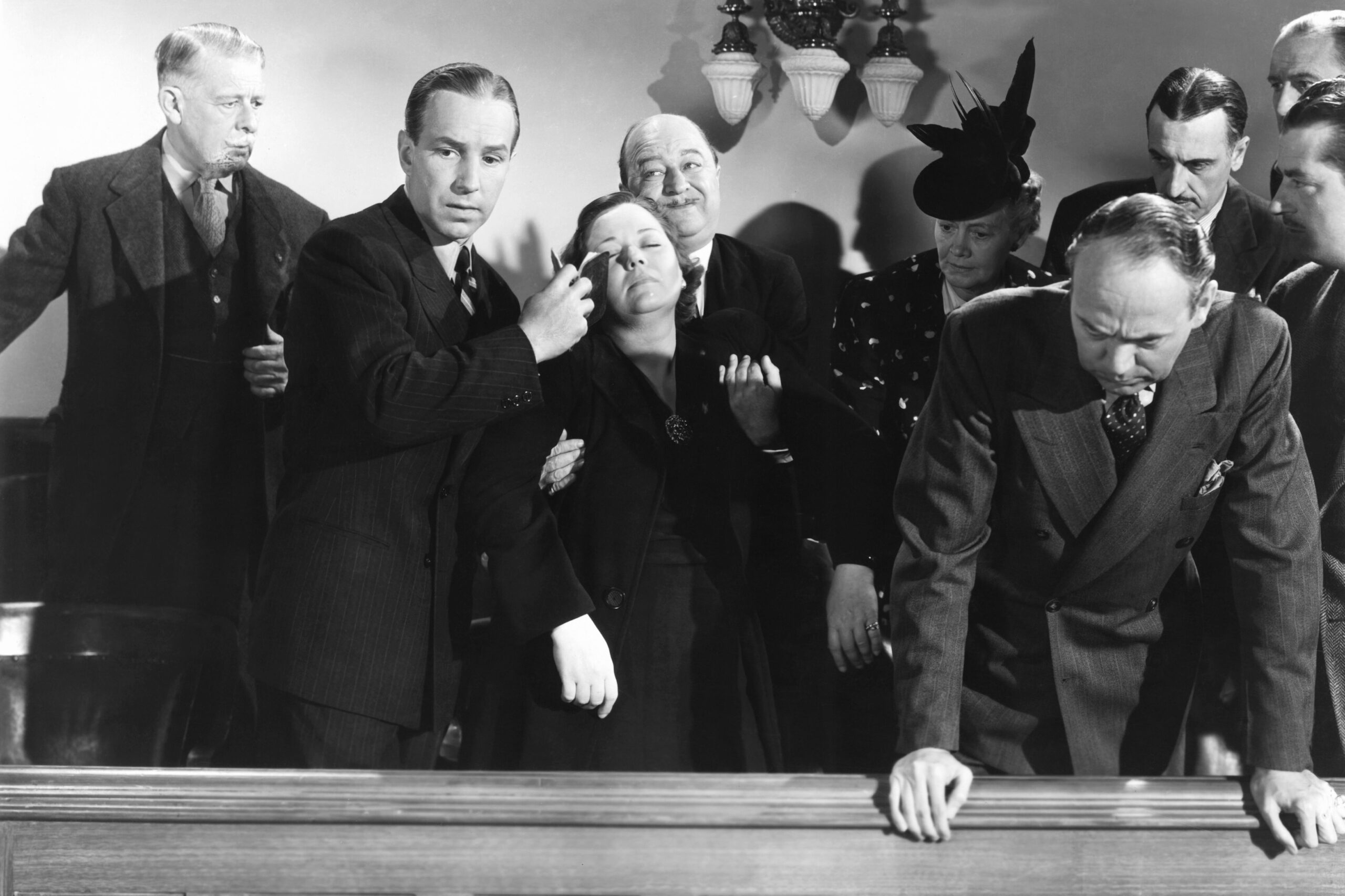
Despite being citizens, women in many states weren’t allowed to serve on juries in the ’40s. The reasoning? Women were considered too emotional or too delicate to handle serious legal matters. Some states worried that women would be too sympathetic in cases involving children or families, while others simply didn’t think they belonged in a courtroom at all. Even when women were allowed to serve, they often had to prove they were “qualified,” while men were automatically considered capable.
This exclusion had serious consequences since juries weren’t truly representative of the population. Cases involving women’s rights or issues like domestic violence were often decided by all-male juries who didn’t fully understand the female perspective. Women fought to change this, but it wasn’t until the mid-20th century that all states allowed female jurors. Today, it’s hard to imagine a world where half the population was considered unfit for jury duty simply because of their gender.
7. No Playing Professional Sports
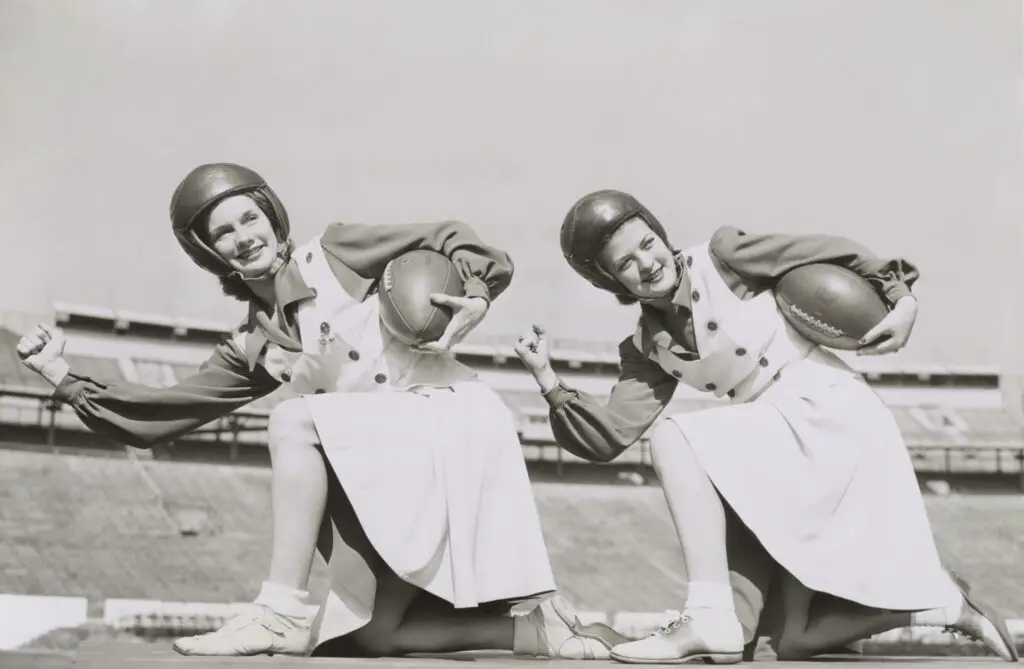
If a woman wanted to play professional sports in the ’40s, she was out of luck—unless she was willing to play in a niche league with little recognition. Most professional leagues, including baseball, basketball, and football, were completely closed off to women. Even when women were given a chance, it was often treated as a temporary gimmick rather than a serious career opportunity. The most famous example was the All-American Girls Professional Baseball League, which started during World War II but was disbanded once men returned. Women were expected to step aside and return to the sidelines, no matter how skilled they were.
This wasn’t just about keeping women out of sports—it was about reinforcing the idea that athletics were for men only. Women who wanted to compete had to do so in amateur settings, often without funding, proper coaching, or media attention. Even female Olympians faced discrimination, with fewer events available to them and significantly less prize money. It took decades for women’s sports to gain even a fraction of the respect that men’s leagues had. Today, while there’s still inequality in sports, at least women have the opportunity to play professionally without being dismissed outright.
8. No Public Smoking
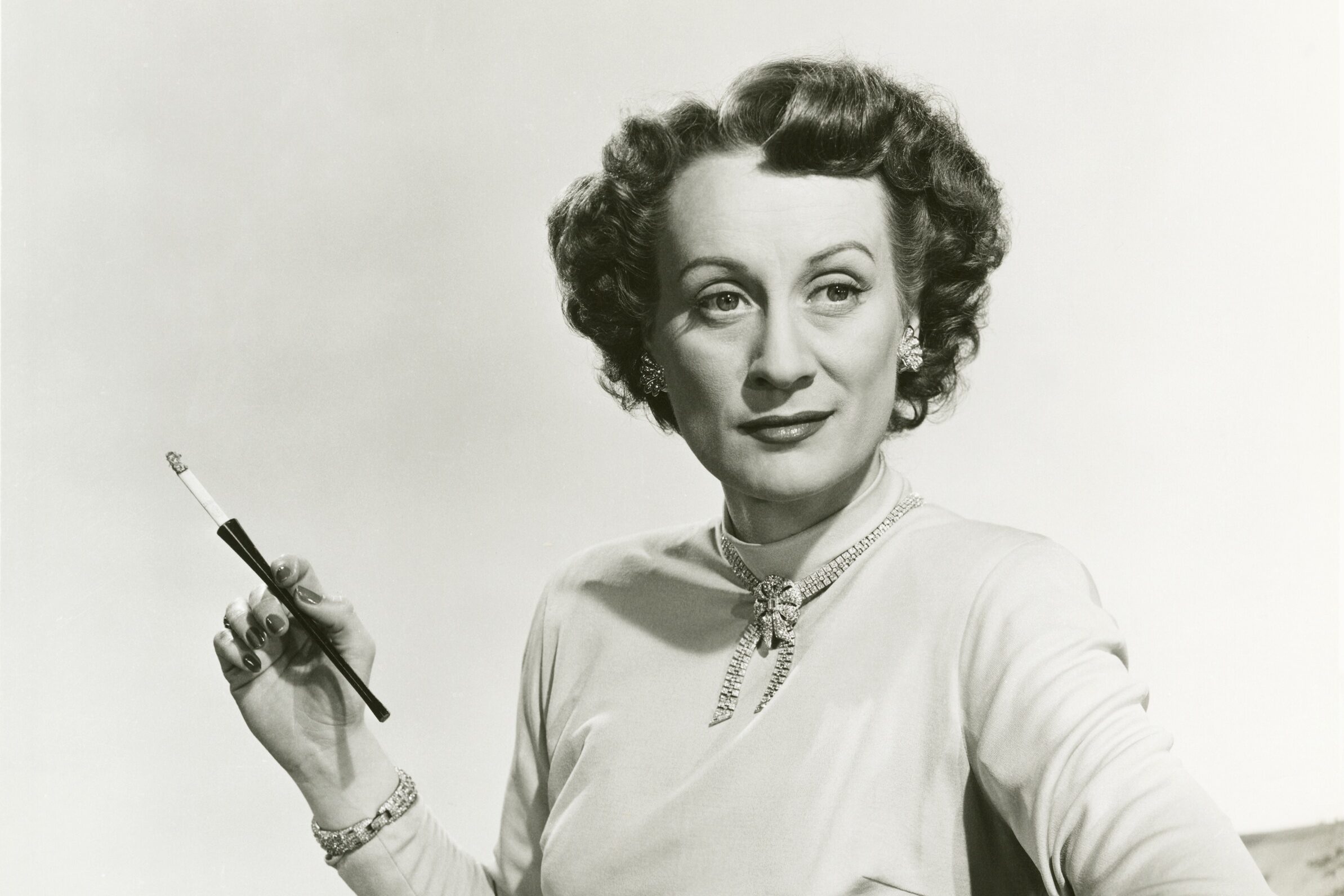
Lighting up a cigarette as a woman in the ’40s wasn’t just frowned upon—it could get you kicked out of certain establishments. While men could smoke freely, women smoking in public was seen as improper, rebellious, or even scandalous. Some restaurants and offices had unspoken rules against women smoking, and in certain cities, there were actual laws banning it. This rule wasn’t about health concerns but about controlling how women presented themselves in public. Smoking was associated with independence and defiance, and that made some people uncomfortable.
The double standard was glaring—Hollywood glamorized male actors smoking in every other movie, but women who did the same were often portrayed as “bad girls” or troublemakers. It wasn’t until advertising companies realized they could make money off female smokers that attitudes started shifting. Campaigns like the famous “Torches of Freedom” movement encouraged women to smoke as a symbol of empowerment. Today, smoking isn’t as socially accepted as it once was, but at least women can decide for themselves without facing outdated moral judgments.
9. No Owning a Bar or Liquor License
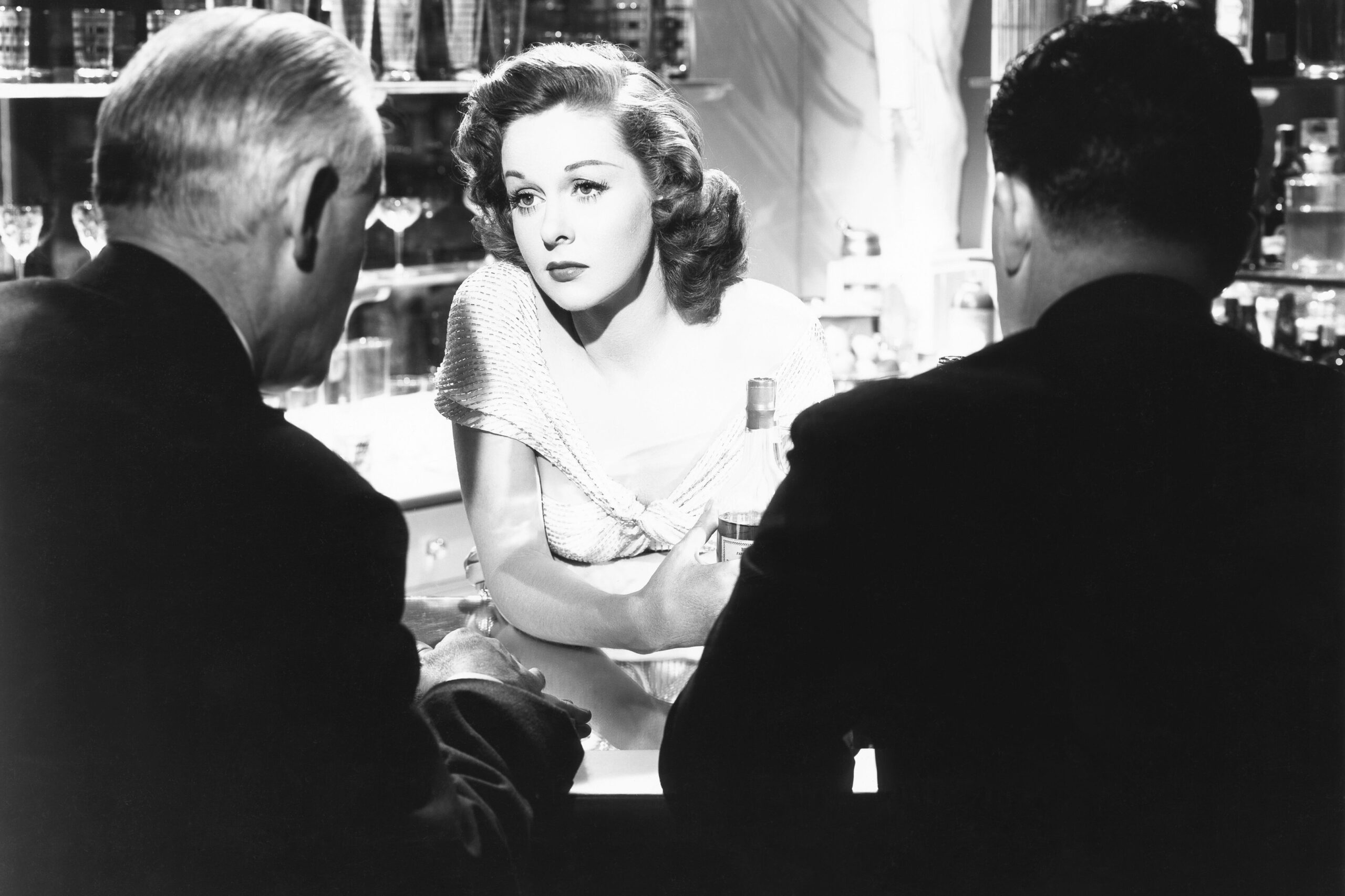
In the ’40s, a woman couldn’t legally own a bar in many places, and even if she could, getting a liquor license was nearly impossible. Many states had laws that either banned women from running bars altogether or required a male co-owner to be involved. The logic behind this rule was rooted in the idea that alcohol was a man’s business and that a woman running a bar was improper. Even women who inherited family-run taverns had to fight just to keep them open.
This rule made it nearly impossible for women to break into the hospitality industry in any meaningful way. It wasn’t just about denying them business opportunities—it was about keeping them in traditional roles. Women who did manage to own bars often had to find loopholes or rely on male business partners to get around the restrictions. Over time, these laws slowly changed, but it took years for women to have equal footing in the industry. Today, women own bars, breweries, and distilleries without question, which makes the old rules feel even more absurd.
10. No Serving in Combat
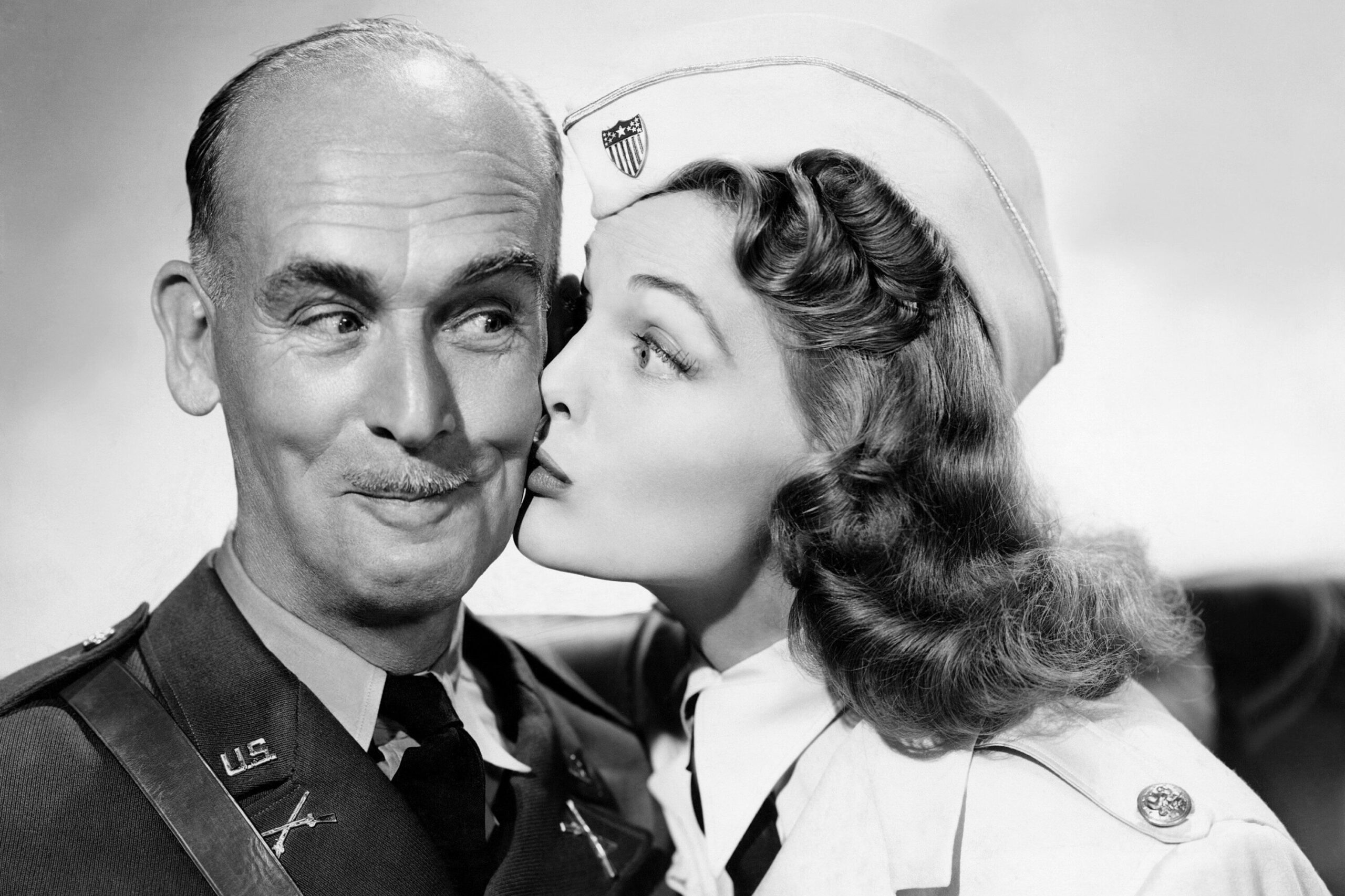
During World War II, women played a crucial role in the military, but they were strictly barred from combat roles. They could serve as nurses, clerical workers, and support staff, but they weren’t allowed to officially fight. The argument was that women were too weak or too emotionally fragile for battle, even though history proved otherwise. In reality, women found themselves in combat-like situations anyway, especially nurses stationed near the front lines. Some even disguised themselves as men just to fight.
This rule reinforced the idea that men were the protectors while women needed to be protected. Even after the war, women in the military continued to be treated as secondary, with limited career advancement and fewer benefits than their male counterparts. It wasn’t until decades later that women were allowed into combat roles, proving once and for all that they were just as capable. Today, women serve in nearly every military capacity, making the restrictions of the past seem completely outdated.
11. No Buying a Car Without a Male Guarantor
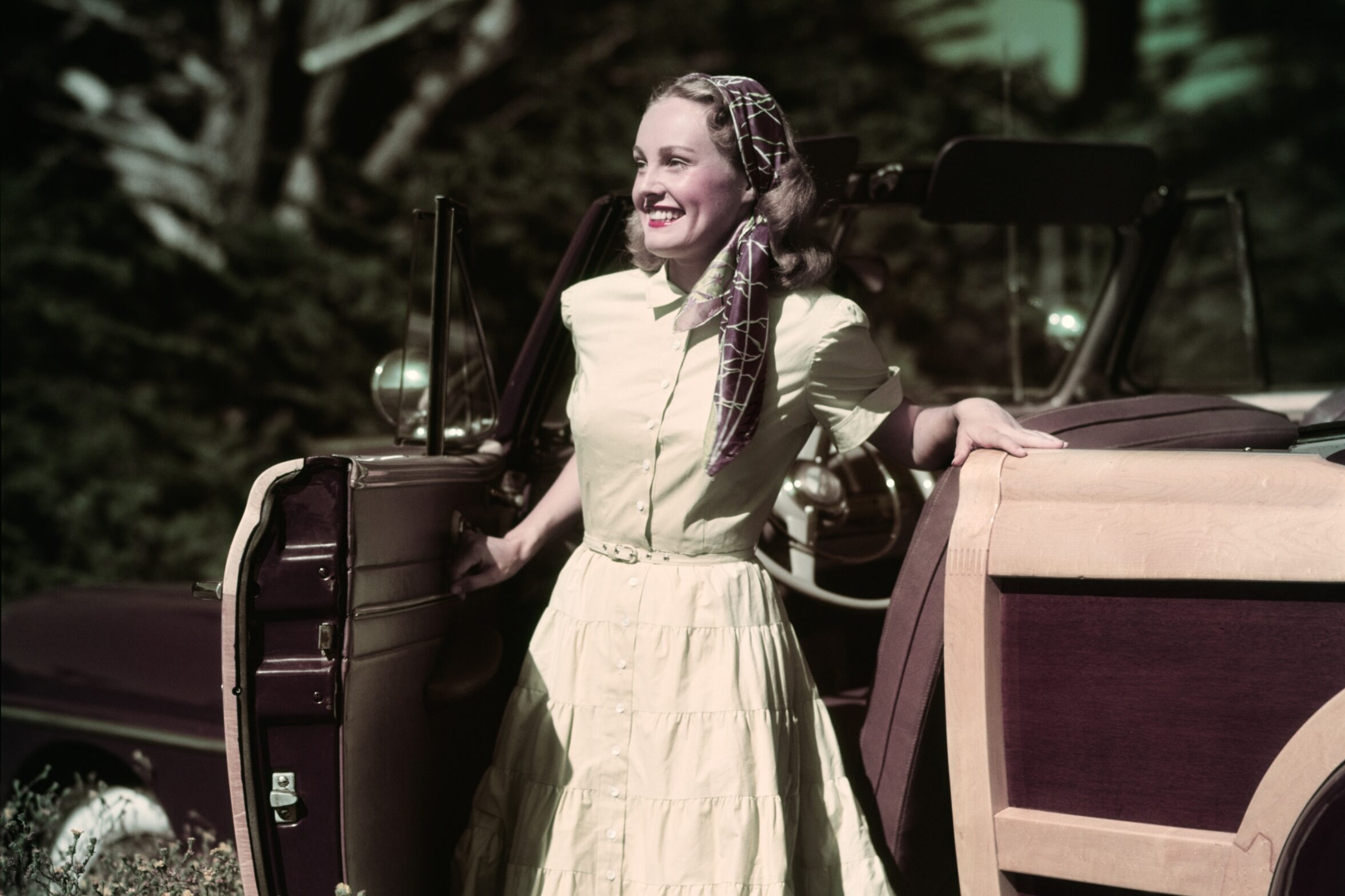
In the ’40s, buying a car wasn’t as simple as saving up and heading to a dealership—at least not for women. Many car dealerships refused to sell to women without a male co-signer, believing they weren’t financially responsible enough to handle such a big purchase. Even if a woman had the money, she often needed her husband, father, or brother to sign off on the sale. This wasn’t just about money—it was about control. Women’s independence was limited at every turn, even when it came to something as simple as transportation.
This rule kept many women dependent on men, unable to travel freely or make major financial decisions on their own. It also reinforced the stereotype that women didn’t know enough about cars to make informed purchases. Some dealerships even charged women higher prices, assuming they wouldn’t know the difference. It wasn’t until the late 20th century that women gained equal financial rights when buying big-ticket items. Today, it’s hard to imagine being told you need a man’s permission just to buy a car.
12. No Holding Certain Government Jobs
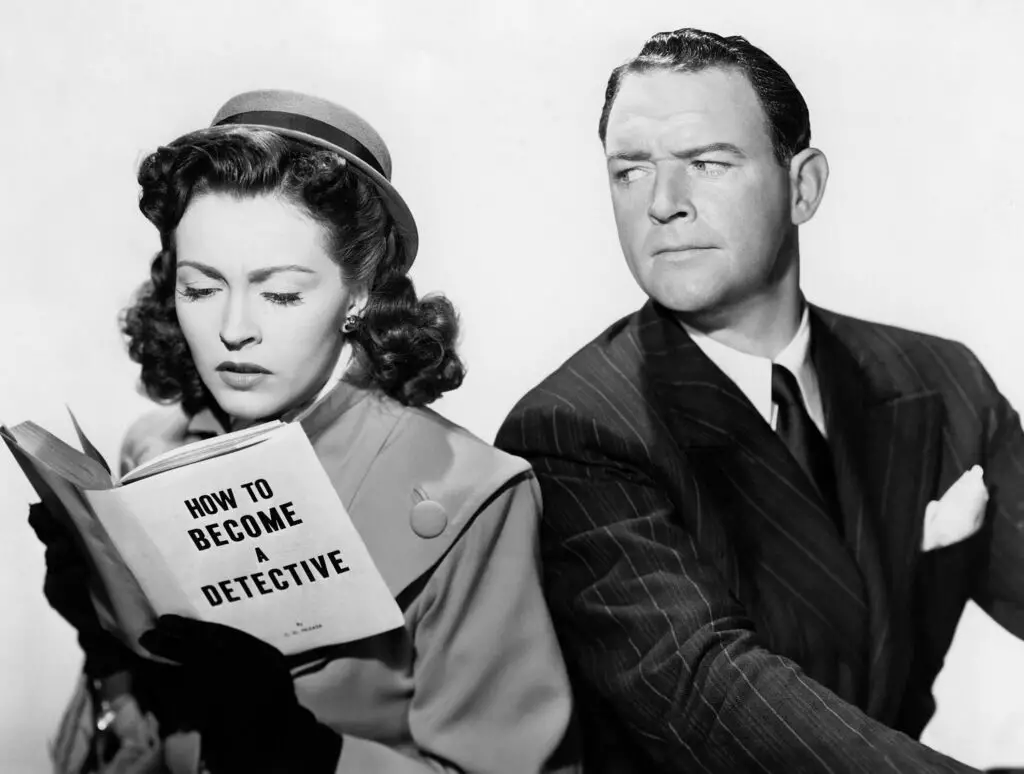
Despite their contributions during World War II, women were still blocked from many government jobs in the ’40s. High-ranking positions, particularly in law enforcement, foreign service, and politics, were almost entirely off-limits. The reasoning? Women were seen as too emotional for leadership and too fragile for positions involving national security. Even when women did work in government, they were often placed in secretarial or assistant roles with little room for advancement. The glass ceiling wasn’t just real—it was legally enforced in some cases.
This rule meant that women who were just as qualified as their male counterparts were shut out of decision-making roles. It wasn’t just about employment—it was about keeping power concentrated in the hands of men. Women who pushed for change were often dismissed or told to be patient, as if their ambitions were unreasonable. It took decades of legal battles and social movements to break these barriers. Today, women serve in every branch of government, proving that the excuses of the past were nothing more than outdated biases.
13. No Staying in Hotels Alone
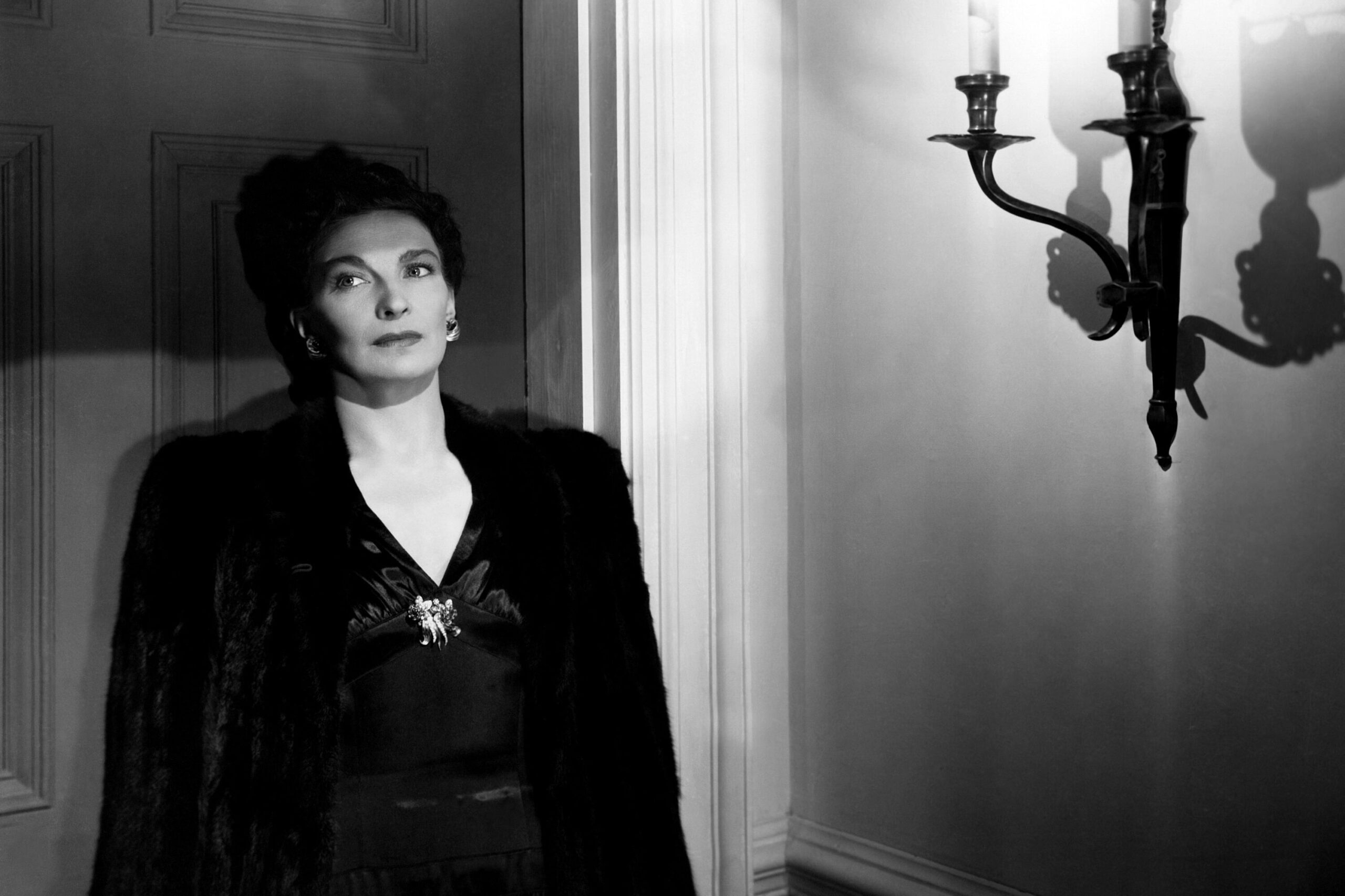
A woman traveling alone in the ’40s faced more than just social judgment—she might not even be allowed to book a hotel room. Many hotels had policies that either banned solo female guests or required them to have a male relative vouch for them. The assumption was that a woman alone was either up to something improper or unable to take care of herself. Some hotels even posted signs stating that they wouldn’t rent to single women, forcing female travelers to find alternative lodging.
This rule made it incredibly difficult for women to travel for work, education, or personal reasons. It also reinforced the belief that a woman’s place was at home, not out in the world exploring on her own. Women who needed to travel often had to rely on friends or family for accommodations, limiting their independence even further. It wasn’t until the rise of women’s rights movements in the mid-20th century that these policies started to disappear. Today, the idea of needing a male escort just to stay in a hotel seems absolutely ridiculous.
